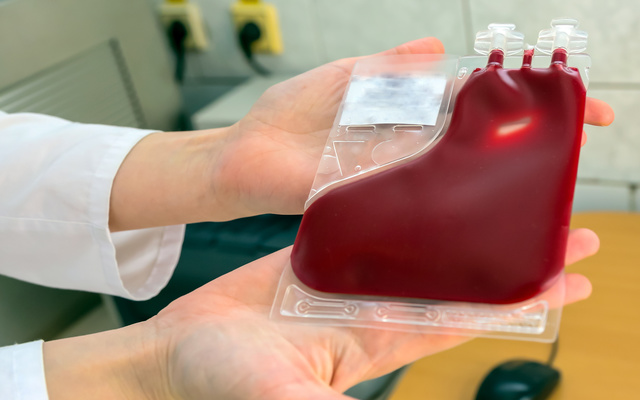Cord blood banking involves the collection, processing, and storage of blood from the umbilical wire and placenta after a baby is born. This blood is rich in hematopoietic stem cells, which have the potential to turn into various kinds of blood cells. Here are the key steps concerned in twine blood banking:

Collection:
After the baby is born and the umbilical cord is clamped and minimize, the remaining blood in the umbilical wire and placenta is collected. This course of is safe, painless, and non-invasive.
Processing:
The collected cord blood is processed to separate and concentrate the stem cells. This involves eradicating pink blood cells and other components to depart a product wealthy in hematopoietic stem cells.
Testing:
The cord blood unit undergoes various checks to make sure its safety and viability. These tests embody screening for infectious ailments and checking the compatibility of the blood with potential recipients.
Cryopreservation:
The processed and tested wire blood is then cryogenically preserved, usually by freezing it at very low temperatures. This long-term storage helps keep the viability of the stem cells for an extended interval.
Storage:
The cryopreserved wire blood unit is stored in specialized amenities, also identified as twine blood banks. These banks comply with strict protocols to make sure the safety and integrity of the saved wire blood.
Private Cord Blood Banking:
Family Use:
Some mother and father go for private wire blood banking, the place they pay to store their baby's cord blood solely for his or her household's potential use. This is completed in case a family member develops a medical condition that could be handled with a stem cell transplant.
Public Cord Blood Banking:
Donation:
Parents also have the option to donate their child's twine blood to a public cord blood financial institution. In this case, the wire blood becomes part of a public registry and could additionally be used by anybody in need of a stem cell transplant.
cord and tissue banking :
Public cord blood banking contributes to constructing a diverse and in depth inventory of cord blood items, increasing the probabilities of finding a suitable match for sufferers who require stem cell transplants. It is taken into account a neighborhood service.
Considerations:
Cost:
Private cord blood banking involves initial charges for assortment, processing, and storage, while public wire blood banking is often free for donors.
Medical Conditions:
Families could contemplate twine blood banking if they have a historical past of certain medical conditions that would probably be treated with a stem cell transplant.
Educational Programs:
Cord blood banks usually provide instructional applications to inform expectant mother and father about the advantages and considerations of wire blood banking.
Cord blood banking is a valuable resource for potential medical therapies, particularly within the context of hematopoietic stem cell transplantation. Parents should fastidiously weigh the potential advantages and costs when deciding whether or not to privately bank their baby's cord blood or contribute to a public cord blood financial institution..
